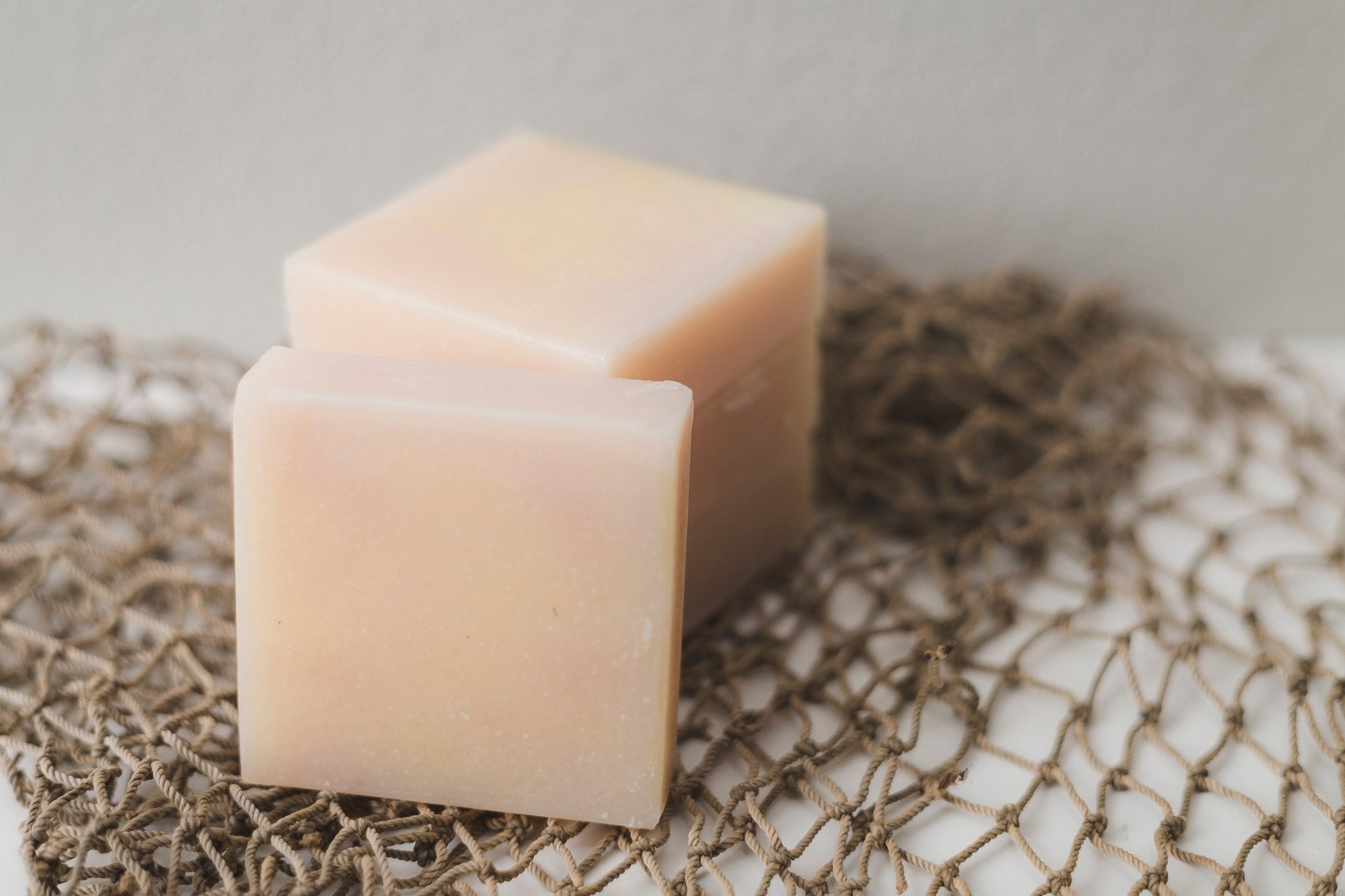
Different Methods Of Making Soap
Soap is like cookies, there are a lot of ingredients and steps to make sure the end result is something you were hoping for. Just as there are many different types of cookies and their steps, soaps can all be different too, especially when it comes to how you’re making them. Here are a few soap making methods that soap makers use for their products.
Melt and Pour Process
Probably the most simple method of them all, the melt and pour process contains few steps. The first and main step is buying a premade base by melting it, normally using a microwave. Then, essential oils and natural pigments are added for the scent and color along with any herbs. The mixture is then poured into a mold (sprayed with rubbing alcohol first) and when it cools down/hardens it’s ready to be packaged! This process makes making designs and adding decorations easier for the soap maker.

Cold Process
The cold process is a little more complex but the end result is beautiful! This method includes creating your soap base through saponification, mixing lye with an oil or fat. More ingredients, such as pigment and essential oils are added throughout the chemical reaction, and some disappear, just as how there is not lye in the end product. With this process you get to know exactly what goes into your soaps and can use more natural ingredients.

Hot Process
Almost identical to the cold process, heat is used to speed up the chemical reaction, using oven or microwave at different times. Though it may speed up the time it takes for the soap to form, it can be difficult getting it out of most molds.

Rebatching
The process of rebatching is not like the others. In this method, soap makers melt down old pieces or shreds of soap into a new mixture, adding ingredients as they go. This method is mostly used for batches of melted soap that hardened as it was poured.

So as you can see there are multiple ways to make soaps, and remember that soaps using natural ingredients and using most of these processes can be found here!


